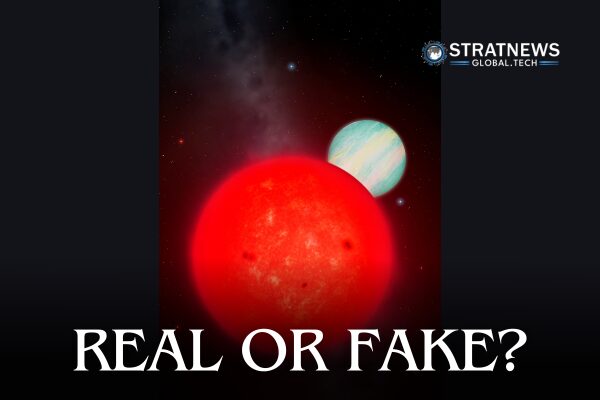Giant Planet Found Orbiting Tiny Star Surprises Astronomers
Astronomers have discovered an unusual planet-star pairing that challenges current ideas about how planets form. A giant planet about the size of Saturn is orbiting a star much smaller than expected, leaving scientists puzzled.
A Planet Too Big for Its Star?
The star, named TOI-6894, is located about 240 light-years from Earth in the constellation Leo. It is a red dwarf, the smallest and most common type of star in the Milky Way. Weighing in at just 21% the mass of our sun, it was expected to host only small, rocky planets like Earth or Mars.
However, researchers found a gas giant orbiting this star. This planet is similar in size to Saturn but has only 56% of its mass. Compared to Jupiter, the largest planet in our solar system, it is a bit smaller in diameter and has just 17% of the mass.
“The discovery raises big questions about how such a small star can host such a large planet,” said Edward Bryant, lead author of the study and an astronomer at the University of Warwick. The findings were published in the journal Nature Astronomy.
Planet Formation Theories Under Pressure
Planets form from leftover gas and dust in a spinning disk around a young star. In smaller disks, like those around red dwarfs, there should not be enough material to build a massive planet. That makes this discovery especially surprising.
“To form a giant planet, you need a large core quickly followed by lots of gas,” explained Vincent Van Eylen, a study co-author and scientist at University College London. “But smaller stars have less material, and their disks disappear fast. We didn’t expect them to make planets this big.”
TOI-6894’s planet orbits just 40 times closer to its star than Earth does to the sun, completing a full loop in about three days. Despite the heat from its proximity, it is not as hot as the so-called “hot Jupiters” found around larger stars.
A New Chapter in Exoplanet Research
The planet is not larger than its star, but they are unusually close in size. While our sun is about 10 times wider than Jupiter, TOI-6894 is just 2.5 times the width of its planet.
This discovery may change how scientists think about the number of giant planets in our galaxy. “Since red dwarfs are so common, we might find many more big planets around small stars,” said Bryant.
Data from NASA’s TESS and the Very Large Telescope in Chile helped confirm the planet’s size and orbit. Future studies using the James Webb Space Telescope aim to reveal more about its atmosphere and structure.
“We expect it to have a massive core surrounded by a gas envelope made mostly of hydrogen and helium,” Bryant added.
with inputs from Reuters


